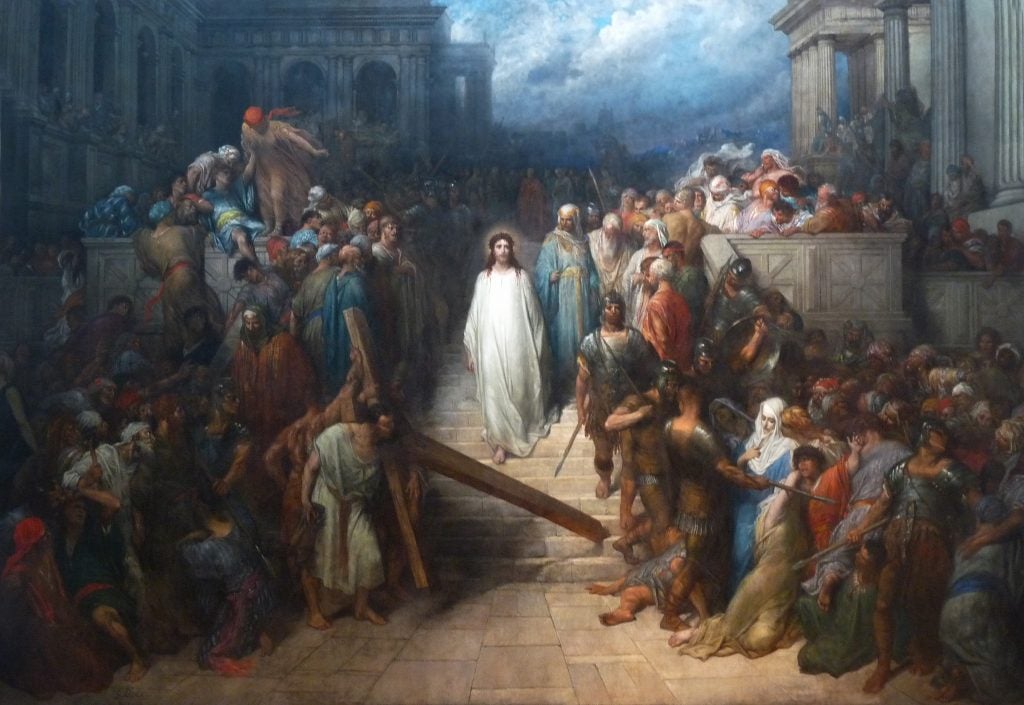How to Hold Multiple Truths to be Self-Evident: Late Thoughts After the Women’s March
On January 22, I drove back from Washington, D.C. The day before, I’d been one of the 500,000 that filled out Independence Avenue, one of the specks in those awe-inspiring aerial shots that plastered the news. I’d been cold and hungry and dehydrated and I had not felt any of that discomfort until I sat down for dinner later that night and nearly wept at the sensation of sinking into a seat.
How to Hold Multiple Truths to be Self-Evident: Late Thoughts After the Women’s March Read More »
On January 22, I drove back from Washington, D.C. The day before, I’d been one of the 500,000 that filled out Independence Avenue, one of the specks in those awe-inspiring aerial shots that plastered the news. I’d been cold and hungry and dehydrated and I had not felt any of that discomfort until I sat down for dinner later that night and nearly wept at the sensation of sinking into a seat.







